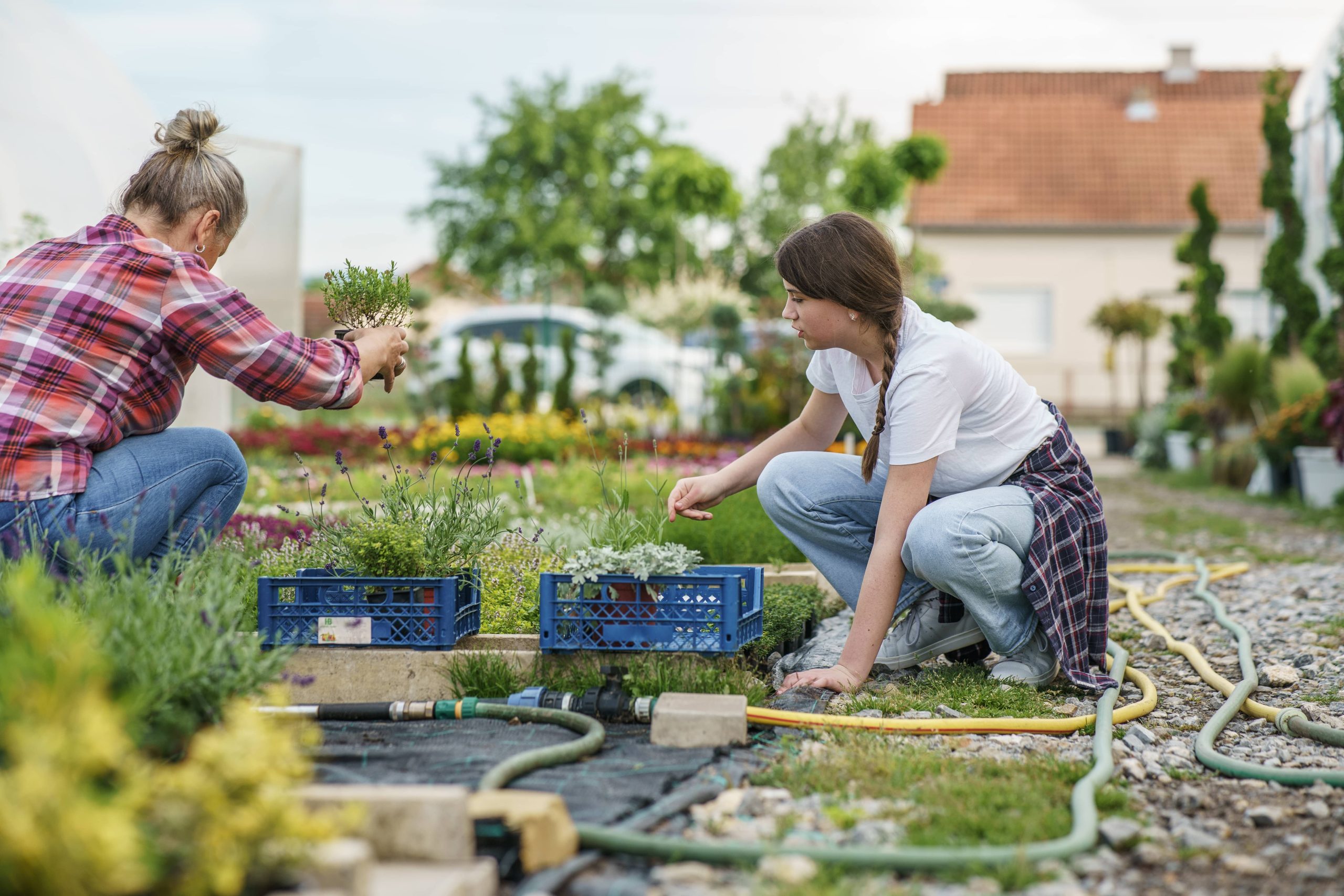
Growing vegetables in containers on your patio is a rewarding way to cultivate your own fresh produce, especially if you face space limitations or unfavorable soil conditions in your yard. Container gardening offers flexibility, portability, and the ability to provide optimal conditions for a wide range of plants. Whether you’re a seasoned gardener or just starting out, container gardening can open up new possibilities for your green thumb. Here’s a comprehensive guide on how to grow vegetables in containers on your patio.
Why Choose Container Gardening?
Container gardening allows you to grow vegetables in locations where traditional garden beds might not be feasible. Here are some benefits to consider:
– Flexibility: Containers can be moved throughout your patio to maximize sun exposure. They also offer the flexibility to bring your plants indoors during extreme weather conditions.
– Pest Management: Elevating plants can help reduce some pest issues commonly found at ground level.
– Accessibility: Growing vegetables in containers at waist height or on tables makes gardening accessible for people with limited mobility.
Selecting the Right Containers
Choosing the right containers is crucial for the success of your patio garden. Here are key factors to consider:
– Material: Containers made from materials like plastic, wood, ceramic, or metal each have their pros and cons. Plastic is lightweight and retains moisture well, whereas clay pots are more aesthetically pleasing but may dry out more quickly.
– Size: The size of the container should be appropriate for the plant’s mature size. Deep-rooted plants, such as tomatoes, need larger pots (at least 18-24 inches deep), while herbs and lettuces can flourish in smaller, shallower containers.
– Drainage: Ensure that the containers have enough drainage holes. Proper drainage prevents waterlogging and helps avoid root rot. If your container of choice lacks drainage, consider drilling holes or implementing a layer of gravel at the bottom.
Choosing the Right Soil Mix
Soil plays a critical role in the health of your plants. For container gardens, a good potting mix is vital:
– Potting Mix: Opt for a high-quality, well-draining potting mix. Avoid using garden soil, as it can compact and prevent proper drainage.
– Amendments: Adding perlite, vermiculite, or sand can improve drainage. Consider blending in compost or a slow-release organic fertilizer to provide essential nutrients.
Selecting Vegetables to Grow
When it comes to choosing vegetables for your container garden, focus on varieties suited for small spaces and containers. Some excellent choices include:
– Tomatoes: Opt for dwarf or bush varieties like ‘Patio Princess’ or ‘Tiny Tim’.
– Peppers: Both hot and sweet peppers adapt well to containers.
– Leafy Greens: Lettuce, spinach, and arugula can be harvested multiple times.
– Herbs: Basil, thyme, cilantro, and parsley are perfect and can double as decorative elements.
– Radishes and Carrots: Look for round or short varieties suited to container depth.
Planting and Care
Once you’ve selected your containers and vegetables, it’s time to plant:
– Starting Seeds vs. Transplants: Decide whether to start from seeds or purchase young plants from a nursery. Starting from seeds gives you more variety but requires more time and care.
– Sunlight: Most vegetables require at least 6-8 hours of sunlight. Observe your patio space to determine where the sun shines the longest.
– Watering: Container plants typically require more frequent watering. Keep the soil consistently moist but not soggy. During hotter months, containers may need daily watering.
– Fertilizing: Even with nutrient-rich soil, vegetables benefit from fertilization. Feed your plants with a balanced liquid fertilizer every few weeks, or follow the package instructions for slow-release fertilizers.
Managing Pests and Diseases
Though container gardening can reduce pest problems, vigilance is still essential:
– Regular Inspections: Check your plants regularly for signs of pests or diseases. Early detection is key to effective management.
– Natural Remedies: Encourage beneficial insects like ladybugs, or use homemade insecticidal soap to tackle aphids or mites. Companion plants can also help repel pests.
Designing Your Container Garden
Beyond functionality, consider the arrangement and aesthetic of your container garden:
– Visual Appeal: Play with the heights, colors, and textures of different plants to create an inviting space. Containers can also add a pop of color or contrast.
– Grouping: Group plants with similar water and sunlight needs together.
– Vertical Space: Utilize vertical structures like trellises for climbing plants such as cucumbers or pole beans. This will help maximize space and enhance visual interest.
Sustainability and Longevity
To keep your patio vegetable garden sustainable:
– Rotate Crops: Change the varieties in each container every season to maintain soil health and minimize disease buildup.
– Replenish Soil: After each growing season, refresh the soil in your containers by topping up with fresh potting mix and compost.
– Composting: Use kitchen scraps and garden waste to create a compost system that can enrich your container soil over time.
Conclusion
Container gardening on your patio can transform small spaces into lush, productive oases. By selecting appropriate containers, soil, and plants—along with providing regular care—you’ll be well on your way to enjoying fresh, home-grown vegetables. Embrace the flexibility and creativity that container gardening allows, and soon, your patio will boast a thriving garden that offers bountiful harvests and endless satisfaction. Happy gardening!













